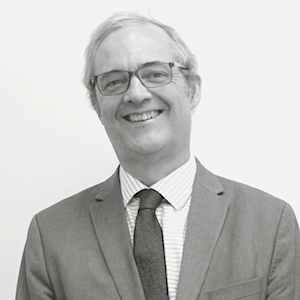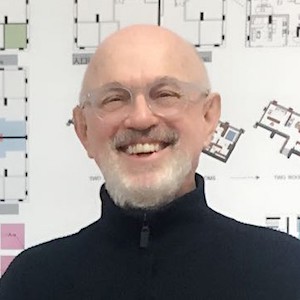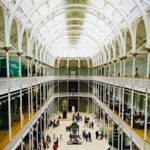One hour webinar
$50.00
Available on Demand
Your purchase includes unlimited personal access to the online recording of this webinar.
Educational buildings constitute a large and influential part of our built environment that directly impacts a huge portion of our population every day. At any given point in time, many of these facilities are inadequate to the task at hand – providing meaningful, relevant, accommodating, healthy settings for learning. Many continue to operate long after they have become obsolete – technically and from the point of view of new concepts of learning. Many of our school districts fund cycles of renewal and rebuilding in 30-year increments and are – in between these disruptive renewal programs – frequently finding their building stock an impediment to the vital activities essential to effective and progressive education.
This webinar addresses these problems by offering an exploration of decision-making and design strategies whose purpose is to support a longer-term and more dynamic vision about educational facilities. Open Building is a design, decision-making and resource allocation approach that offers clients, the public, students and teachers a long-lasting architectural portfolio that at the same time supports varied uses that inevitably change; enables affordable and less disruptive upgrades at many levels; and accommodates shifting pedagogies, alternate furniture configurations and evolving instructional technologies with minimal disruption. The Open Building approach also minimizes a building stock’s carbon footprint while balancing permanence and change, thus creating dynamic and resilient settings for a wide range of human activities.
Speakers:

John Dale has been planning, programming and designing educational environments for over 25 years. In 2007, he was named a Fellow of the American Institute of Architects (AIA) for this focus. By defining small learning communities which boost student achievement and galvanize community involvement, he creates high performance learning environments that are widely recognized models of regional and national significance. Mr. Dale also promotes green schools. Building on evidence-based research, he puts in practice the theory that students are healthier and learn more effectively in sustainable, resilient environments. As Principal, and Pre-K–12 Studio Leader for Harley Ellis Devereaux (HED), a national Architecture and Engineering firm, John’s projects have been honored with numerous awards at national, state and local levels. He has taught at USC, MIT, UCLA, California State Polytechnic University, Pomona and participated in symposia, design reviews and competition juries. His articles and projects have appeared in books and journals, including: Green Technology Magazine, LA Architect (Form Magazine), Learning by Design, Spazio e Società, Architectural Record, Faith & Form, the LA Forum for Architecture and Urban Design Newsletter (online) and CNN Style. John has just completed his term as Chair of the Leadership Group of AIA’s National Committee on Architecture for Education (CAE) and now sits on the Board of the CAE Foundation. He is also a member and Past-President of the Board of Directors of the A+D (Architecture and Design) Museum, Los Angeles; sits on the Board of Directors for HED; is a member of the Advisory Board of the Armory Center for the Arts in Pasadena and Co-Founder of the North American Open Building Council.

Stephen Kendall’s research, lecturing and consulting focus on the Open Building approach to the design, construction and continuous adaptation of buildings. This approach emphasizes planning for change, by assuring that parts of buildings with long-term asset value (e.g. structure, façade, egress systems) are clearly disentangled from parts that change at more frequent cycles (e.g. functional layouts, function-dependent mechanical systems). In long-lasting buildings, distributed control of change must be recognized and planned for. These issues are critical in all building use-types facing a convergence of three dominant characteristics of contemporary urban environments: a) the increasing size and complexity of buildings; b) the dynamics of the living environment, the workplace and the marketplace where use is increasingly varied and changing and; c) the availability of, and demand for, an increasing array of equipment and facilities serving the requirements of changing uses. Dr. Kendall is a registered architect whose academic and research career spans more than 35 years. He has a professional degree from the University of Cincinnati, a Masters of Architecture and Urban Design from Washington University in St. Louis, and a PhD in Design Theory and Methods from the Massachusetts Institute of Technology.

